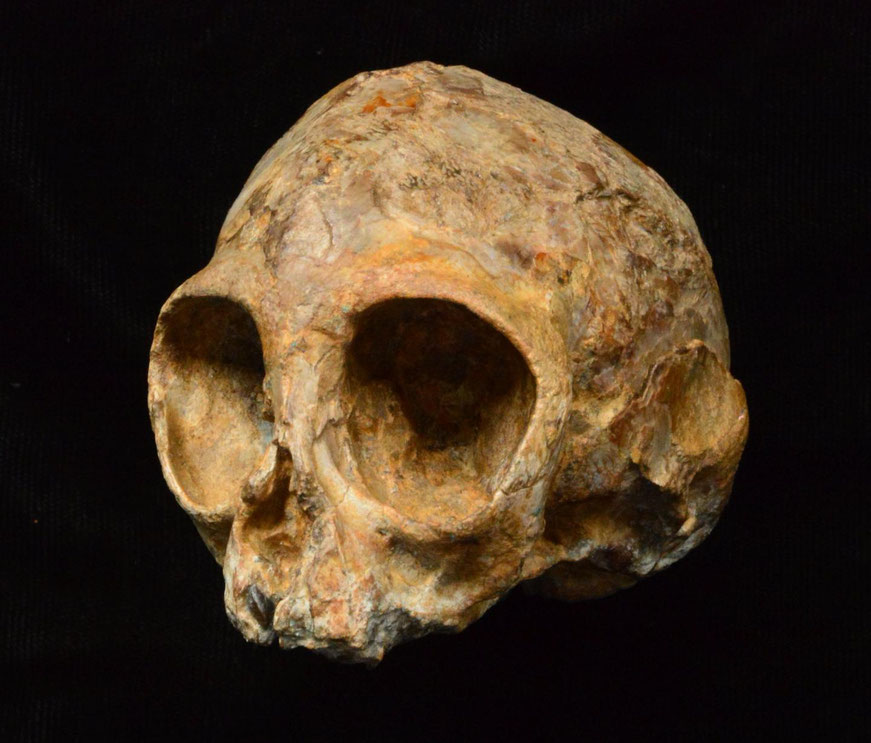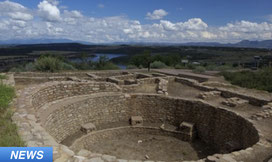
In what could be dubbed “Adventures With the Missing Link 2.0,” anthropologists have found a new fossil that puts us one step closer to finding that elusive ancestor apes and humans shared in the distant past.
An international group of scientists that includes researchers from the Max Planck Institute, the University College London, Rutgers University, and Wake Forest University to name a few, has published an article in Nature wherein they describe a 13 million year old skull from a previously unknown species of ape.
The skull is from an infant and is believed to be the most complete fossilized ape cranium yet found. It was discovered in the Napudet area west of Kenya’s famous Lake Turkana, a World Heritage site and location of numerous hominid finds.
Napudet is a bit like a time capsule as study co-author Craig S. Feibel of Rutgers University-New Brunswick said in a statement,
“The Napudet locality offers us a rare glimpse of an African landscape 13 million years ago. A nearby volcano buried the forest where the baby ape lived, preserving the fossil and countless trees. It also provided us with the critical volcanic minerals by which we were able to date the fossil.”
The research team used a synchrotron to create an extremely detailed, non-destructive, 3D rendering of the internal and external structure of the skull. According to study co-author Paul Tafforeau of the European Synchrotron Radiation Facility,
"We were able to reveal the brain cavity, the inner ears and the unerupted adult teeth with their daily record of growth lines. The quality of our images was so good that we could establish from the teeth that the infant was about 1 year and 4 months old when it died.”
Scientists are also using the teeth as the basis for assigning the ape to a new species of
Nyanzapithecus that the group has named alesi. Isaiah Nengo, of De Anza College and lead author of the study says that Nyanzapithecus alesi lived in Africa for over 10 million years and that it is “close to the origin of living apes and humans.” He also says Nyanzapithecus alesi shows that the common human/ape ancestor evolved in Africa.



